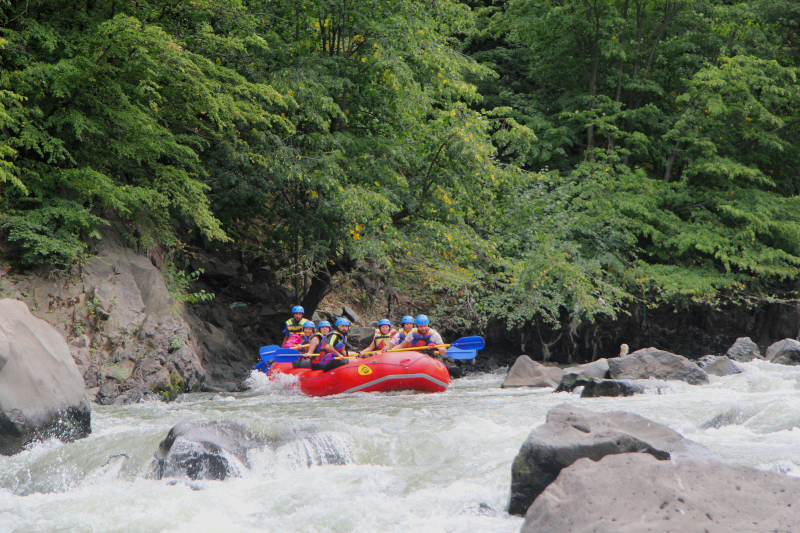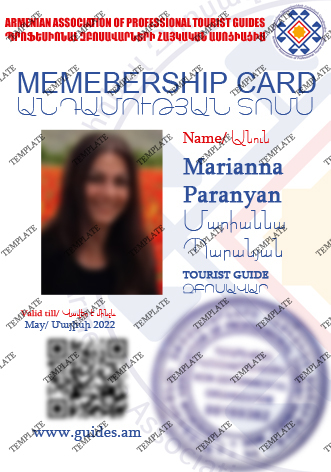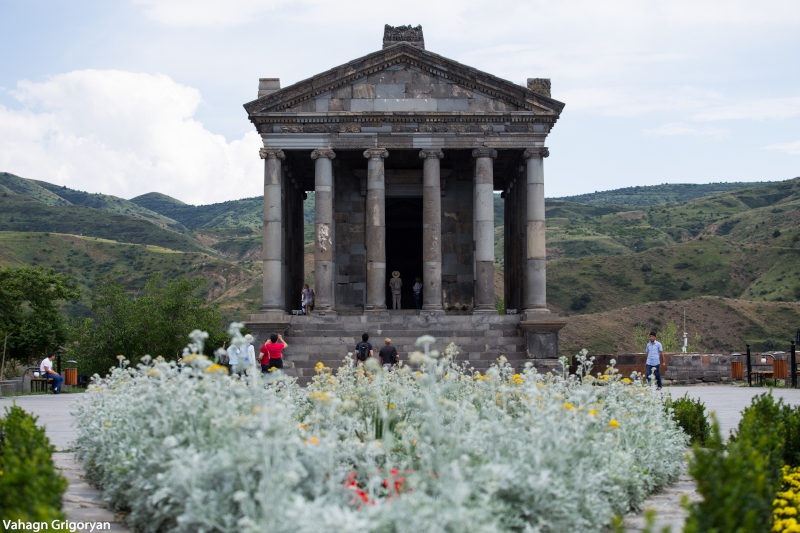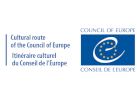1. What year was the Armenian Association of Professional Tourist Guides (AAPTG) established, and where is the headquarters?
The Armenian Association of Professional Tourist Guides (AAPTG) was established on August 11, 2017. The headquarters is situated at 58a/49 Mamikonyants street., Yerevan, Republic of Armenia.
2. What is the primary mission/goal of AAPTG
The main goals of our associaton are:
- to prepare professional tourist guides by organizing training courses, workshops, round tables, etc. in order to develop and improve their skills
- to raise the standards and image of our profession in Armenia
- to unite the tourist guides of the country, involve them in tourism activities and to protect their rights and legitimate interests
- to review the sector-related legislation, identify and analyse the issues hindering the development of the sector and take relevant steps to address them at local and state level.
- to evaluate the country's tourism potential, gather information and ensure its accessibility to visitors
- to preserve and maintain our natural environment, and our historical and cultural monuments.
Being the largest association of tourist guides in Armenia, AAPTG works continually in cooperation with various tour companies, the tourism department of Yerevan Municipality, local authorities, the Tourism Committee of RA Ministry of Economy, universities, schools, international and local organizations like Armenia Hiking Association, Armenian Guides Guild, Armenian Mountaineering and Mountain Tourism Federation, Association of Armenian Tour Operators and Tour Agencies, Armenian Tourism Federation, etc. When implementing various projects and training programs, AAPTG makes sure to involve not only its own members but the members of other associations as well.














